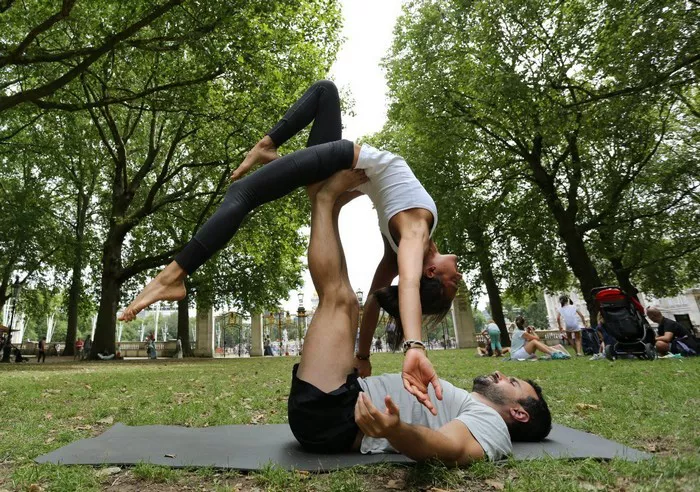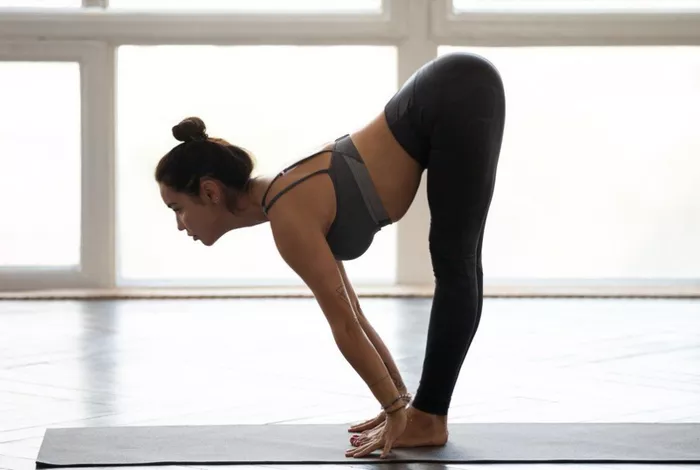Iyengar Yoga is a form of Hatha Yoga that emphasizes precision, alignment, and the use of props to support the practice. Developed by B.K.S. Iyengar, this style of yoga is recognized for its detailed attention to the structural alignment of the body during postures (asanas) and breath control (pranayama). It has gained worldwide acclaim for its therapeutic benefits and accessibility to students of all levels and physical conditions.
While many styles of yoga prioritize flowing movements or spiritual elements, Iyengar Yoga focuses primarily on achieving correct posture and deep concentration. This makes it particularly appealing to those seeking physical rehabilitation, injury prevention, or a disciplined approach to mastering yoga fundamentals. Iyengar’s method is grounded in a belief that precise alignment in asanas leads to better body awareness and inner tranquility.
Origins and Philosophy of Iyengar Yoga
Iyengar Yoga was developed by Bellur Krishnamachar Sundararaja Iyengar, one of the foremost yoga teachers of the 20th century. Born in 1918 in India, B.K.S. Iyengar was introduced to yoga by his brother-in-law, the renowned yogi Krishnamacharya. Due to his own poor health, Iyengar began practicing yoga seriously, using it as a means of healing.
He eventually systematized his teachings into what is now known as Iyengar Yoga, publishing influential books such as Light on Yoga, Light on Pranayama, and Light on Life. His philosophy is rooted in the eight limbs of yoga described in Patanjali’s Yoga Sutras, especially focusing on asana and pranayama as vehicles for personal transformation and spiritual growth.
Key Characteristics of Iyengar Yoga
1. Emphasis on Alignment
One of the hallmark features of Iyengar Yoga is its emphasis on anatomical precision and alignment in each pose. Every movement and posture is performed with careful attention to detail. This ensures that practitioners engage the correct muscles, avoid injury, and receive maximum benefit from each pose.
2. Use of Props
Iyengar Yoga pioneered the use of props such as blocks, straps, blankets, bolsters, and wall ropes. These tools help students maintain correct posture, extend their reach, and stay in poses longer, especially those with limited flexibility or injuries.
- Props allow beginners to access poses more easily
- Provide support for restorative practices
- Aid in developing balance and strength
3. Sequencing and Timing
In Iyengar Yoga, the sequence of asanas is not random. Teachers design classes with a logical progression that prepares the body and mind for deeper poses or specific therapeutic effects. Additionally, postures are held for longer periods than in many other yoga styles, allowing for greater introspection and muscular engagement.
4. Therapeutic Application
Iyengar Yoga is often recommended by health professionals for its therapeutic effects. Specific sequences and modifications are designed for various ailments such as back pain, joint issues, hormonal imbalances, and stress-related conditions. Because of its methodical approach, it is especially beneficial for:
- Injury rehabilitation
- Chronic pain management
- Age-related mobility issues
Structure of an Iyengar Yoga Class
An Iyengar Yoga class is typically more structured and less spontaneous compared to other styles. Here is what one might expect in a standard class format:
- Centering and Preparation: The class usually begins with quiet reflection or simple seated postures to center the mind and prepare the body.
- Standing Poses: These form the foundation of practice and are commonly introduced first to build strength and balance.
- Inversions and Backbends: Depending on the level, these may be included to deepen the practice.
- Seated Poses and Twists: These help release tension and promote spinal flexibility.
- Pranayama: Breathwork is often taught separately but may be introduced in higher-level classes.
- Savasana: Every class ends with deep relaxation to integrate the benefits of the practice.
Comparison Iyengar Yoga Style with Other Yoga Styles
Iyengar vs. Vinyasa
While Vinyasa Yoga emphasizes fluid movement and transitions between poses, Iyengar focuses on static postures and precise alignment. Vinyasa flows are dynamic and aerobic, whereas Iyengar is more meditative and detail-oriented.
Iyengar vs. Ashtanga
Ashtanga Yoga follows a fixed sequence of poses with a strong emphasis on breath and movement synchronization. Iyengar, by contrast, allows for a varied sequence and uses props to support the practice, making it more adaptable to individual needs.
Iyengar vs. Hatha
Though both fall under the umbrella of Hatha Yoga, Iyengar is more rigorous in its alignment principles and use of props. Traditional Hatha classes may be more generalized, while Iyengar classes are structured with clear instructional precision.
Benefits of Iyengar Yoga
Physical Benefits
- Improved posture and alignment
- Increased strength and flexibility
- Enhanced balance and coordination
- Rehabilitation of injuries and chronic conditions
Mental and Emotional Benefits
- Increased focus and concentration
- Reduced stress and anxiety
- Enhanced mind-body awareness
- Development of patience and discipline
Spiritual Benefits
Although it places less emphasis on overt spirituality compared to some other yoga styles, Iyengar Yoga supports spiritual development through deep awareness, mindful practice, and connection to the breath.
Who Can Practice Iyengar Yoga?
Iyengar Yoga is inclusive and adaptable, making it suitable for:
- Beginners: The detailed instructions and use of props help new practitioners learn safely.
- Seniors: Gentle modifications make the practice accessible to older adults.
- Injured or Physically Limited: Therapeutic sequences offer healing and relief.
- Advanced Yogis: Mastery of alignment deepens the understanding of traditional poses.
Certification and Training
Becoming a certified Iyengar Yoga teacher involves rigorous training and assessment. The process includes:
- Minimum of three years of consistent practice
- Several years of teacher training
- Knowledge of anatomy, philosophy, and asana adjustments
- Regular assessments and mentorship
Certified teachers are expected to uphold high standards of teaching and ethical conduct. This ensures that students receive authentic and safe instruction in the Iyengar tradition.
Global Impact and Legacy
Iyengar Yoga has had a profound influence on the global yoga community. Its legacy includes:
- Publications: Light on Yoga is considered a seminal text on modern yoga practice.
- Institutions: The Ramamani Iyengar Memorial Yoga Institute (RIMYI) in Pune, India, remains a hub for serious practitioners.
- Global Reach: Iyengar Yoga is taught in over 70 countries and has inspired countless practitioners and teachers.
Common Misconceptions About Iyengar Yoga
- Too Rigid or Boring: Some assume that Iyengar’s focus on detail and alignment makes it dull. In reality, the depth of attention required fosters a profound inner awareness.
- Only for the Injured or Elderly: While it is highly therapeutic, Iyengar Yoga also challenges advanced students and athletes.
- Not a Complete Practice: On the contrary, it encompasses asana, pranayama, and meditation, aligning with the full spectrum of yoga’s eight limbs.
Conclusion
Iyengar Yoga offers a structured, thoughtful, and deeply transformative approach to yoga practice. Rooted in the ancient traditions of the Yoga Sutras, it has modernized the practice through a system that honors both the physical body and the inner self. Its unique emphasis on alignment, use of props, and therapeutic benefits make it a valuable style for a wide range of practitioners.
Whether you’re a beginner seeking a solid foundation, someone recovering from injury, or an experienced yogi looking to refine your practice, Iyengar Yoga provides the tools and guidance to progress safely and meaningfully. Its enduring legacy, global reach, and commitment to excellence ensure that Iyengar Yoga remains a cornerstone of the yoga world for generations to come.
Related Topics:












